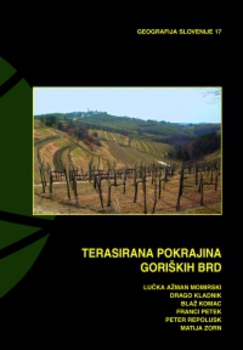Terasirana pokrajina Goriških brd
Agricultural terraces are the predominant landscape element in the Goriška brda region. These were once made by hand, but started being built mechanically after the Second World War. Reshaping slopes into terraces increases the amount of arable farmland. Farming, especially cultivation of vineyards and orchards, is still the most important industry in this region. The development of winegrowing has indelibly marked the image of the cultural landscape here.
Terraces are mostly being abandoned in regions with market-oriented mechanized farming. Much of the formerly terraced land in upper Goriška brda is now completely overgrown or deteriorated. The former extent of these agricultural terraces cannot even be precisely determined using the land cadastre carried out under Emperor Franz I. In contrast, the agricultural terraces in lower Goriška brda are being constantly renovated.
Maintenance of terraces prevents water loss and reduces soil erosion. When the shape of hillsides is changed, large quantities of soil are moved, and steep slopes are altered, this can cause land slippage and large areas can become unstable. Detailed study indicates that Goriška brda is exposed to a high risk of landslides.
This study was carried out as part of Interreg project IIIB Alpine Space, titled “The Terraced Landscapes of the Alpine Arc" (ALPTER).
Downloads

Series
License

This work is licensed under a Creative Commons Attribution-NonCommercial-NoDerivatives 4.0 International License.
